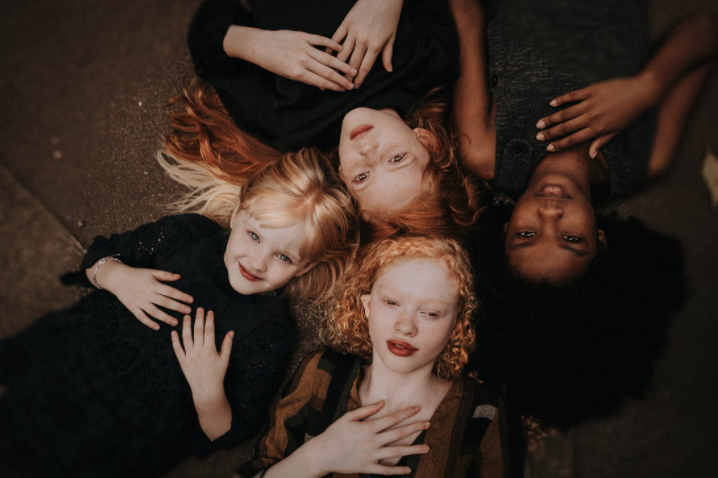Are schools relevant to culture? What about your home and community? Consider the impact of each individual on their environment and the people around them. After more than five years of teaching, I can say that cultural issues are important in education today. Think about the many learning styles, backgrounds, and experiences that people from different cultures have. So, learning and applying cultural diversity awareness in children’s education does matter. You can learn more about it at australian unwrapped website.

As a teacher, I have witnessed the individualism of both special needs students and teachers. All special education students are very different. Culture is a great way to bring out different perspectives and values. I believe that people’s culture and values affect schools as much as they do. My students were different when I was a teacher in a mainstream school. They argued and fought over their beliefs, sometimes even with each other. I had many conversations with students about cultural values.
Reasons We Should Be Aware of Cultural Diversity
 It is often difficult for students to understand that there are many ways of doing things. In 2016, I taught a class of 12 students. One student liked to talk a lot and be the center of attention. The other student was quieter and rarely spoke. Unable to keep up with the collaborative learning the others had, the second student was teased. The class saw the student as different, as an outsider. In our modern society, differences are often seen as negative or unnatural.
It is often difficult for students to understand that there are many ways of doing things. In 2016, I taught a class of 12 students. One student liked to talk a lot and be the center of attention. The other student was quieter and rarely spoke. Unable to keep up with the collaborative learning the others had, the second student was teased. The class saw the student as different, as an outsider. In our modern society, differences are often seen as negative or unnatural.
This student was an educated person who believed that women should be seen and heard. The student eventually came out of her shell and became more outgoing. Sadly, students and people pick on those who are different from them. After coming out of her shell, she was able to get to know her classmates and became friends with two of them. It wasn’t her fault; the rules required them to talk together a lot. The class rules reflected the students who were participating.
The Need to Encourage Others
Individuals have different values and cultures. It is important that students feel respected and comfortable in school and in the world. Each year when I welcome a new class, the sixth graders, I begin by introducing myself. Students love to share their passions, cultures, history, and interests. My classes recognize that each student is unique and has their own history, traditions, and abilities. No one is the same as anyone else. I want my students to feel encouraged to pursue their dreams and to be treated with respect. In this way, I encourage the sharing and cultivation of culture and education. Don’t you feel inspired to be kind and respectful to others? See how you can promote culture and diversity awareness.
Ways to Engage Diversity Awareness in Your Children’s Education
Be open to differences. Recognize differences as important and celebrate them. This does not mean that a picture of a butterfly painted by Amy is better than Stephen’s painting. Please encourage students to express their opinions creatively, whether through words, pictures, colors, or other forms of expression.
Invite students to participate, whether through a story or an assignment. Students should be proud of what they have accomplished. Students can share their ideas and learn from others. Ask viewers/listeners/etc. for feedback. Give positive feedback and share what they liked and disliked about the presentation/object shared.
To increase awareness of cultural diversity, make sure your learning environment has posters and artwork representing a range of cultures. This helps children understand that there are many ways to draw a pony. Celebrate all holidays. It doesn’t matter if you celebrate holidays, but students/children need to understand that not everyone celebrates Kwanzaa or Christmas. Students/children should be aware that different cultures celebrate holidays differently.

